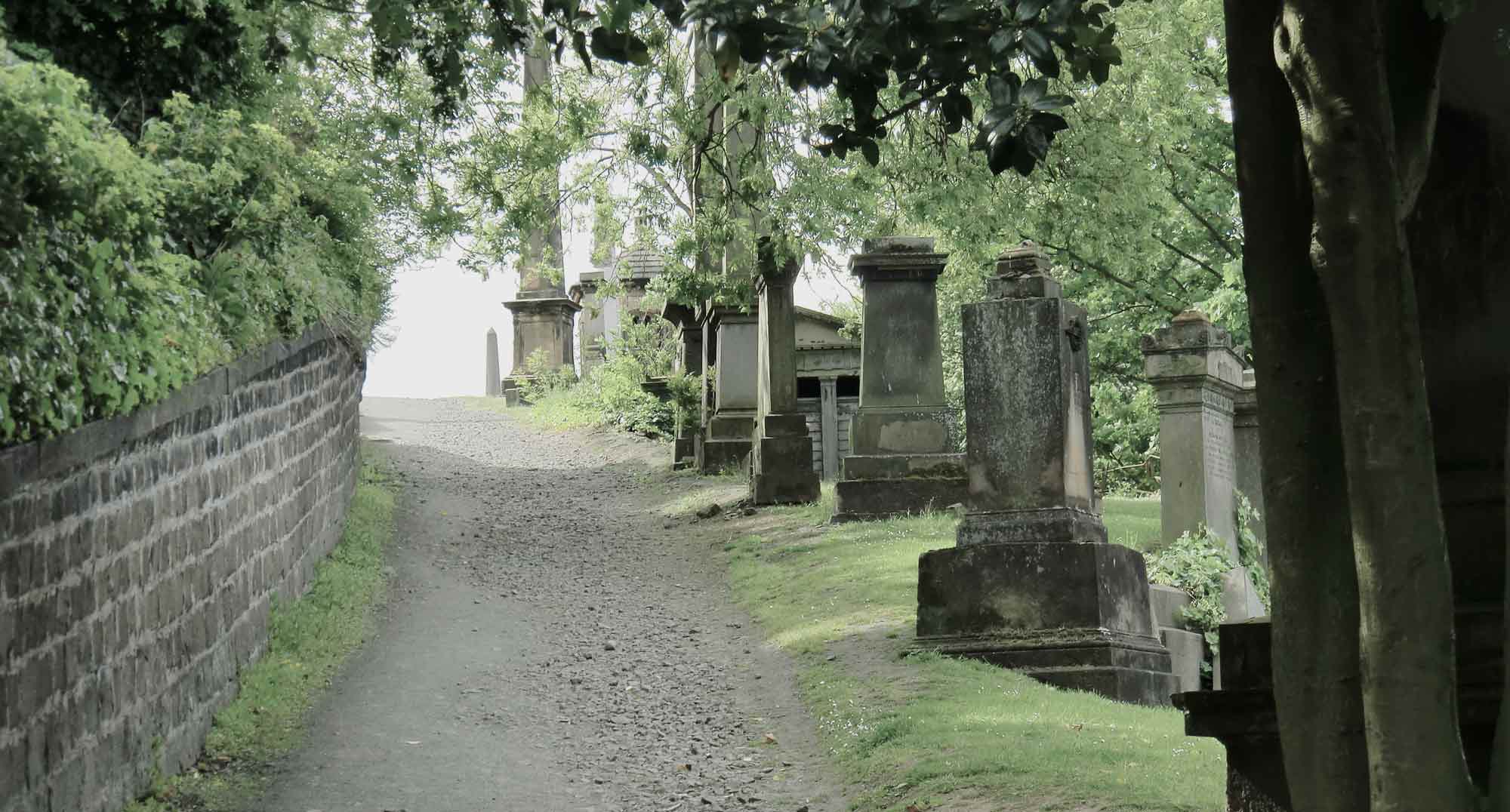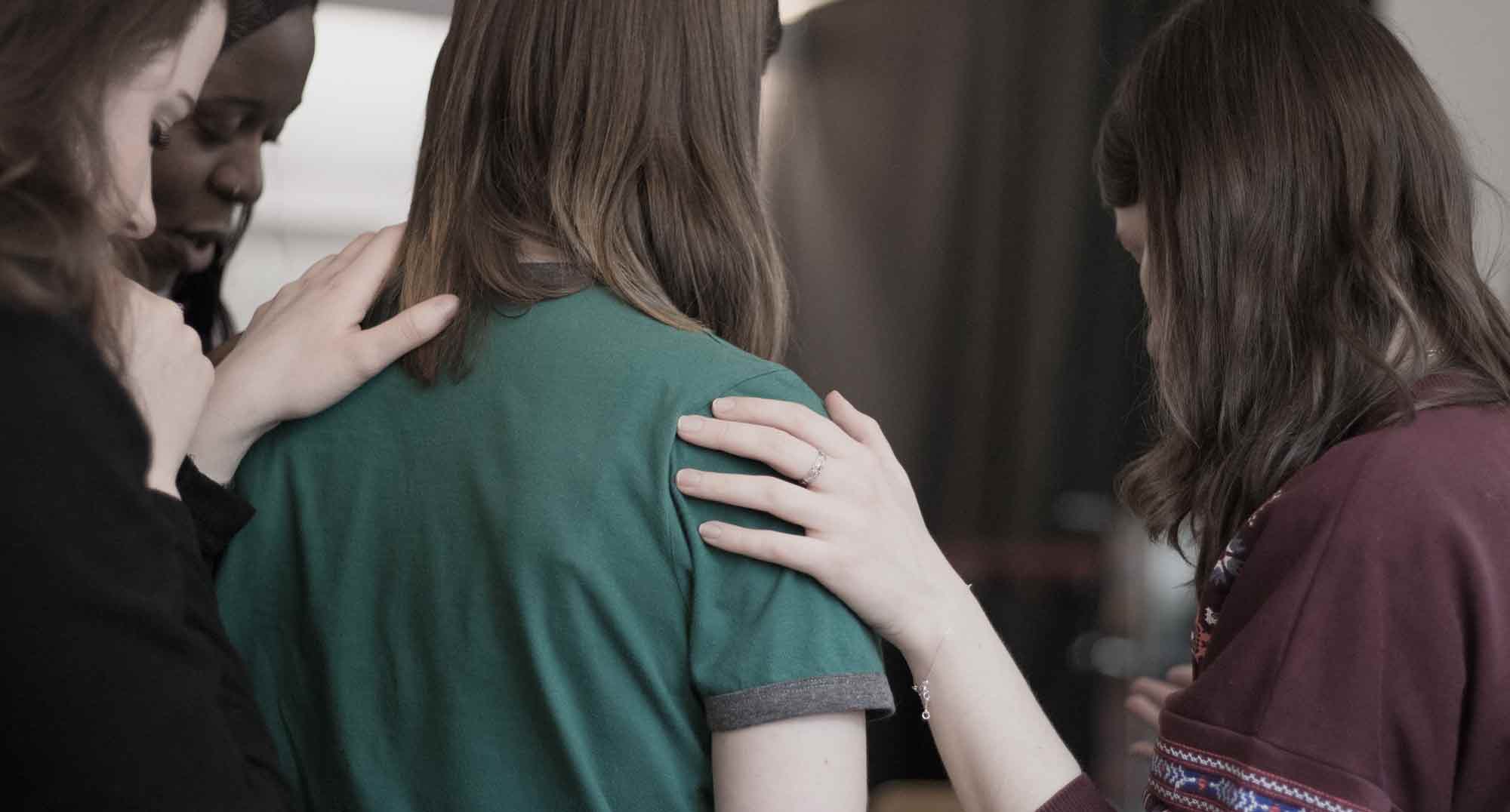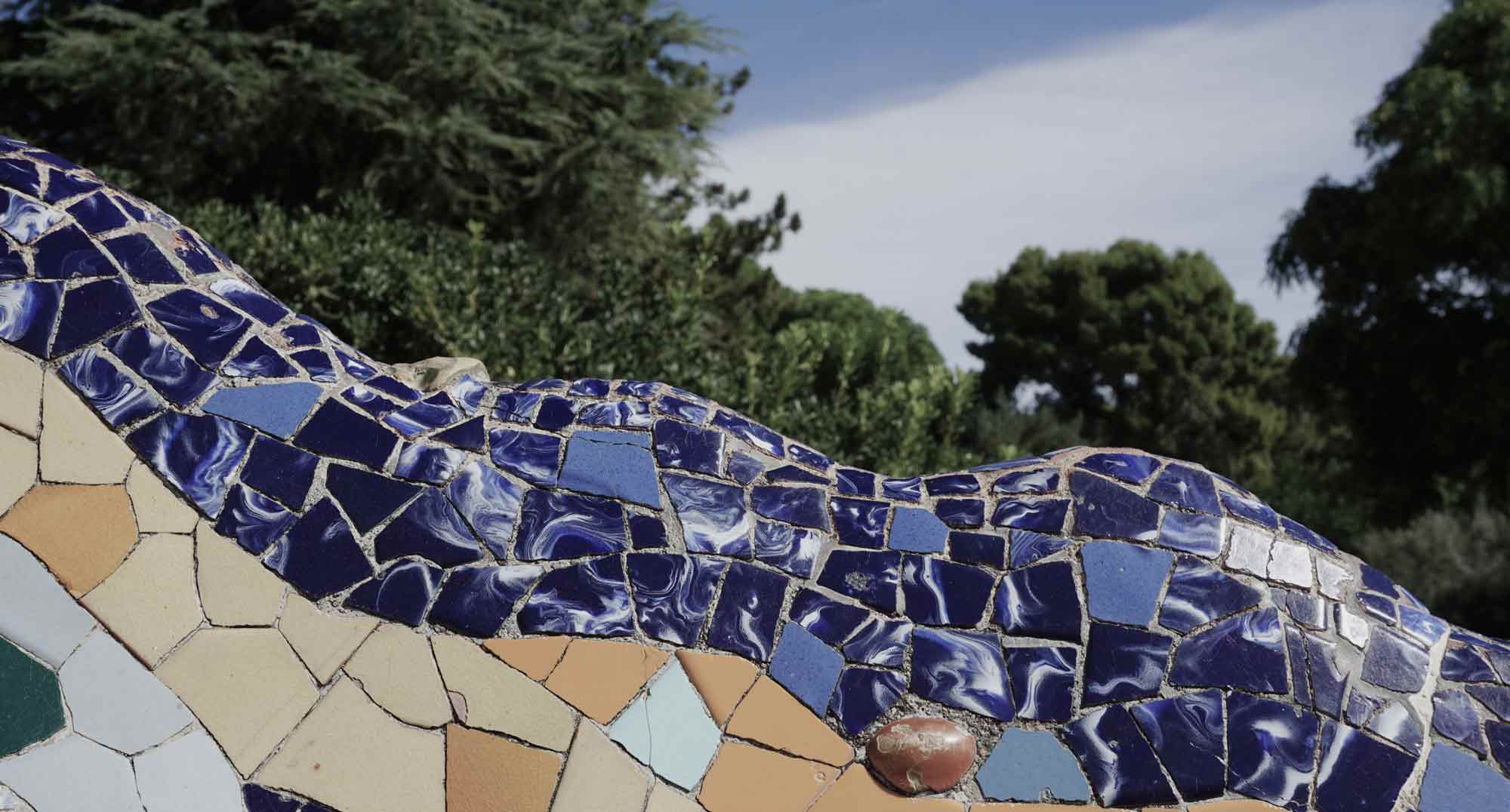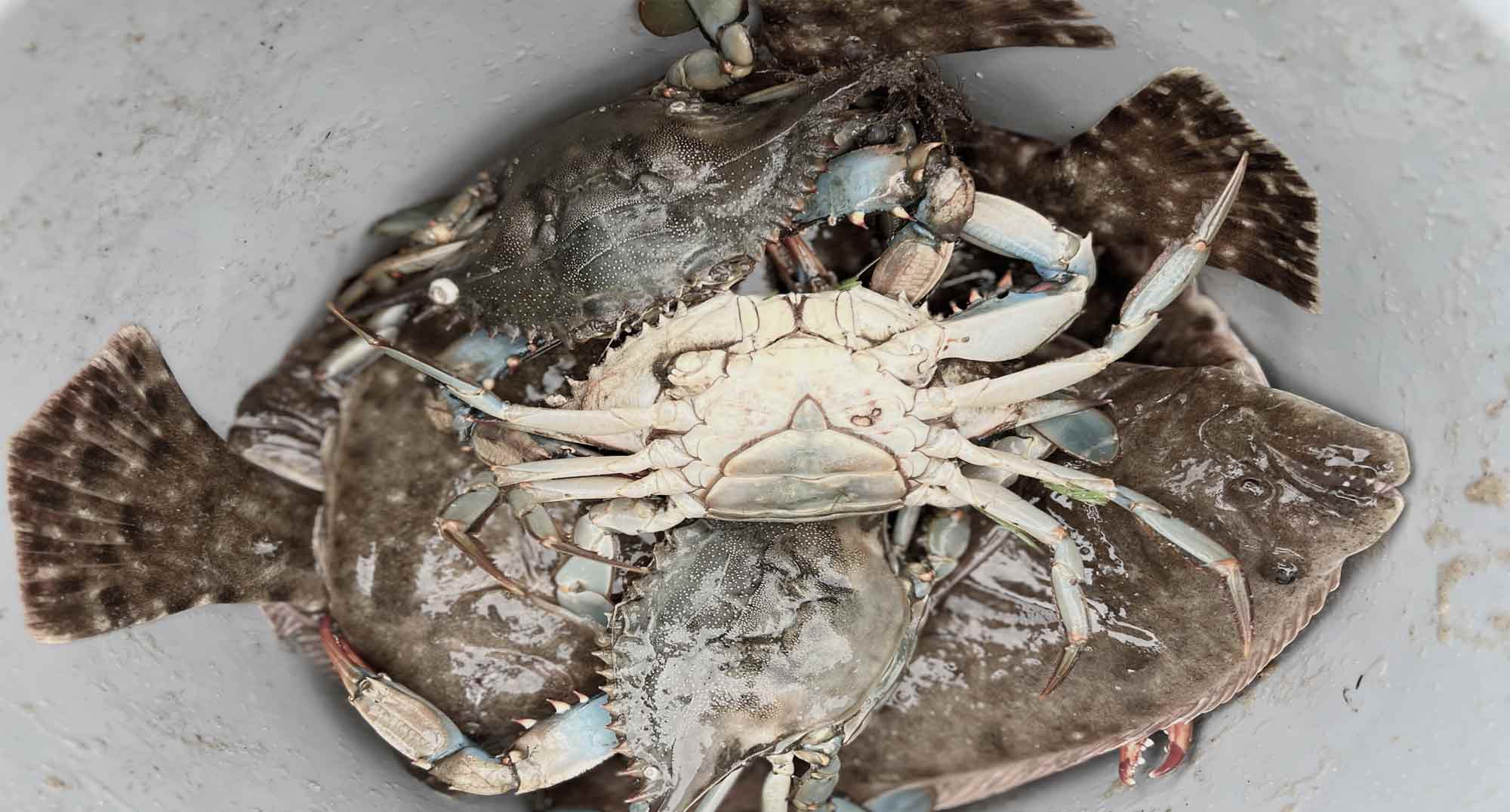True Immortality: Facing Death with the Hope of Christ
ELIZABETH TURNAGE|CONTRIBUTOR Transhumanist Zoltan Istvan believes we shouldn’t have to die; in 2015, to share his “gospel,” he drove around the United States in the “Immortality Bus,” “a brown bus spray-painted to look like a coffin.”[1] Biogerontologist Andrew Steele describes “biological immortality,”[2] arguing that aging should be viewed as a disease that will one day be cured. In a world that resists aging, denies death, and increasingly seeks to achieve immortality, how should Christians respond? We need to begin with a solid understanding of how the Bible teaches us to view both mortality—death and dying, and Christian immortality—eternal life in Christ. The Beginning of Death In the beginning, God formed humans from the earthy dust, breathing life into them, shaping them in his image, with the potential for living forever (Gen. 2:7; 1:26-27). He called them “very good” (Gen. 1:31). God generously invited Adam and Eve to eat from every tree of the garden but commanded them not to eat of the tree of the knowledge of good and evil (Gen. 2:16). If they ate from that tree, he warned, they would die (Gen. 2:17). The serpent which Satan embodied, approached Eve (and Adam, who was standing right beside Eve (Gen. 3:6)), tempting her to eat from the only forbidden tree. When she objected, the serpent scoffed, “You will not surely die” (Gen. 3:4). Adam and Eve did take of the fruit of the tree, but oddly they did not die physically, at least not immediately. Instead, their eyes were opened, they discovered they were naked, and they felt shame. They hid from God as he walked through the garden seeking them. The first death was a spiritual one, but through sin, both spiritual and physical death had now entered the world (Rom. 5:12). The story could have ended there. By God’s grace, it did not. Even before God told Adam and Eve the consequences of their sin, he addressed Satan, telling him he would one day send a child who would crush him (Gen. 3:15). This child would be God’s own Son, Jesus, and he would destroy Satan by dying on a cross. It is the first proclamation of the gospel in Scripture. We should grieve death and dying. As pastor Dan Doriani writes, “Death is a foe, not a friend. It is a curse and an outrage, the bitter fruit of the fall, not a natural process.”[3] And yet, because God allowed his own Son to die, God’s people have hope for a different ending. It is in this hope that we face the harsh reality of death and dying...










